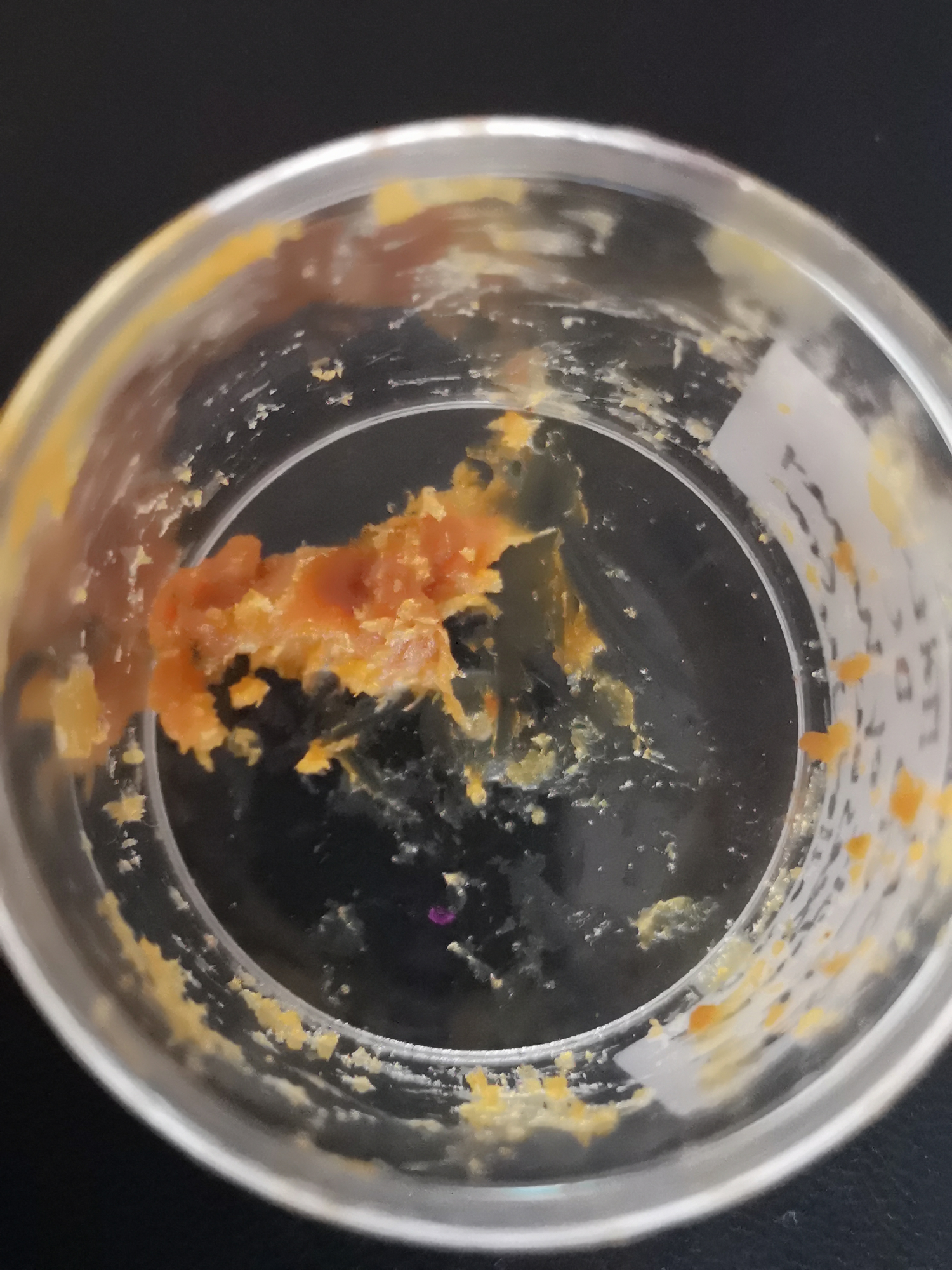2,500-year-old honey found in jar from ancient Greek sanctuary

Decades ago, archaeologists discovered a sticky substance in a copper jar at an ancient Greek sanctuary . And until recently, the identity of the residue remained unknown: was it a mixture of fats, oils, and beeswax, or something else?
The researchers, who published their results in the Journal of the American Chemical Society, reanalyzed samples of the residue using modern analytical techniques and determined that it was likely remnants of ancient honey , a conclusion that previous analyses had rejected.
Honey was an important substance in the ancient world, sometimes left in sanctuaries as an offering to the gods or buried with the dead. In 1954, one such Greek underground sanctuary, dating to around 520 BC, was discovered in Paestum, Italy, an hour and a half drive from Pompeii.
Inside were several bronze jars containing a sticky residue. At the time, archaeologists assumed it was honey, originally offered in the form of honeycombs.
Over the course of 30 years, three different teams analyzed the residue, but were unable to confirm the presence of honey. Instead, they concluded that the jars contained some type of animal or vegetable fat contaminated with pollen and insect remains.

This is probably what 2,500-year-old honey looks like. Photo: Luciana da Costa Carvalho
However, when the residue arrived at the Ashmolean Museum for an exhibition, a team of researchers led by Luciana da Costa Carvalho and James McCullagh had the opportunity to reexamine the mysterious substance and gather new scientific evidence.
Researchers analyzed samples of the residue using several modern analytical techniques to determine its molecular composition. They discovered that:
The ancient residue had a chemical fingerprint almost identical to that of modern beeswax and honey, with a higher acidity level consistent with changes after prolonged storage.
- The chemical composition of the residue was more complex than that of heat-degraded beeswax, suggesting the presence of honey or other substances.
- In areas where the residue had come into contact with the bronze jar, degraded sugar was found mixed with copper.
- Higher concentrations of hexoside sugars, a common group of sugars found in honey, were detected in the ancient residue than in modern beeswax.
- Royal jelly proteins (known to be secreted by the western honeybee) were also identified in the residue.
These results suggest that the ancient substance is what remains of ancient honey. However, the researchers cannot rule out the possibility that other bee products may also be present.
"Ancient residues aren't just remnants of what people ate or offered to the gods, but rather complex chemical ecosystems," explains da Costa Carvalho. "Studying them reveals how these substances changed over time, which opens the door to future work on ancient microbial activity and its potential applications."
eltiempo





